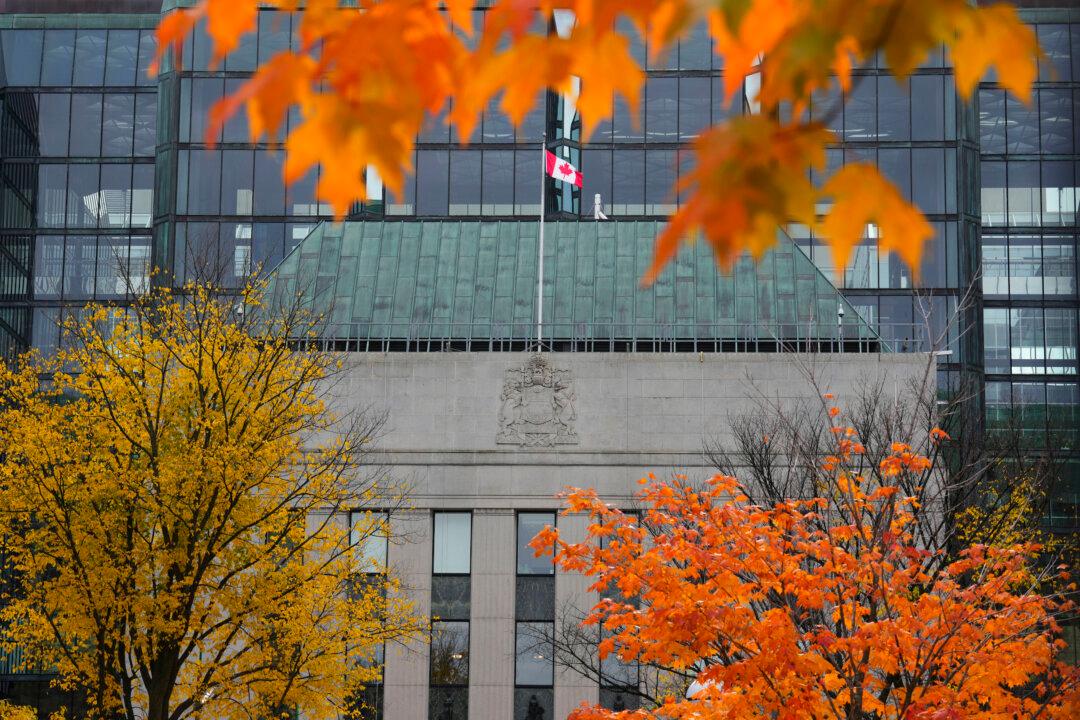The Bank of Canada (BoC) has decided to slow its pace of rate hikes amid fears of a major global recession.
BoC Governor Tiff Macklem announced on Oct. 26, that the central bank would raise benchmark interest rates by 50 basis points to 3.75 percent on to combat inflation, for the smallest increase since June.





